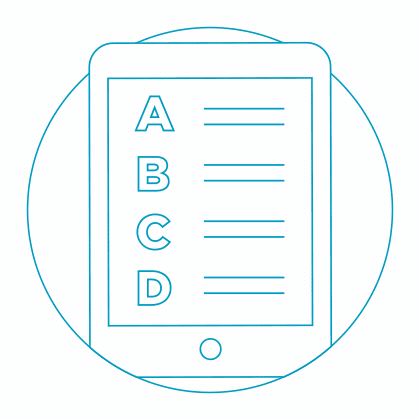REASONING - Online Test
Find the number of triangles in the given figure.

The figure may be labelled as shown.

The simplest triangles are ADE, BDF, DEF and EFC i.e. 4 in number.
There is only one triangle ABC composed of four components.
Thus, there are 4+1 = 5 triangles in the given figure.
Consider the table given below in which the numbers bear certain relationship among
themselves along the rows :
| 29 | 13 | 18 |
| 33 | X | 19 |
| 30 | 27 | 3 |
Which one of the following numbers is the missing number indicated above by X?
Find the number of triangles in the given figure.

The figure may be labelled as shown.

The simplest triangles are EFH, BIC, GHJ, GIJ, EKD and CKD i.e. 6 in number.
The triangles composed of two components each are ABJ, AFJ, GCK, GEK, CED arid GHI i.e. 6 in number.
The triangles composed of three components each are GCD, GED, DJB and DJF i.e. 4 in number.
The triangles composed of four components each are ABF and GCE i.e. 2 in number.
The triangles composed of five components each are ABD and AFD i.e. 2 in number.
There is only one triangle i.e. FBD composed of six components.
Total number of triangles in the figure = 6 + 6 + 4 + 2 + 2 + 1 = 21.
Assume that
- the hour and minute hands of a clock move without jerking.
- the clock shows a time between 8 o’clock and 9 o’clock.
- the two hands of the clock are one above the other.
After how many minutes (nearest integer) will the two hands be again lying one above the other?
